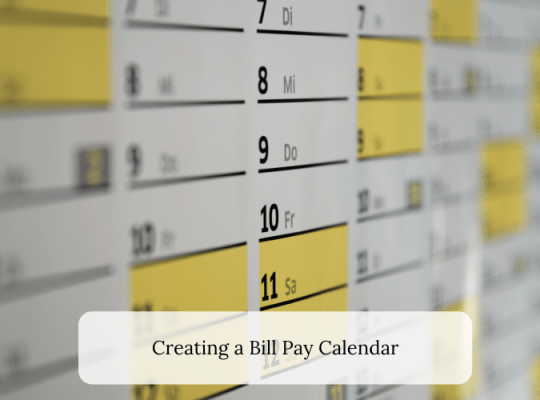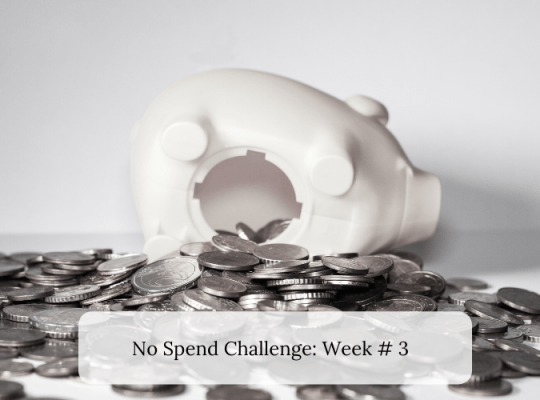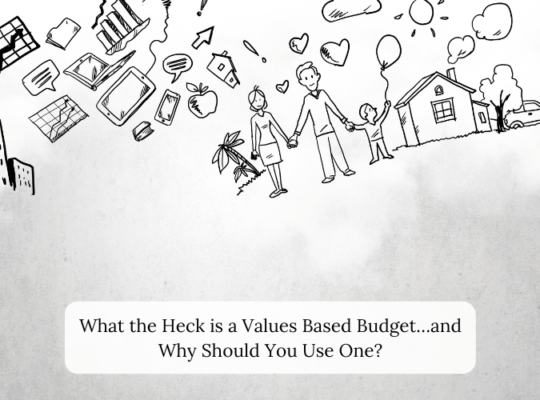I was talking to a friend the other day who was in the process of purchasing a new car. She was very excited, but also worried about the impact the monthly payment would have on family’s bottom line. During our text exchange she made a comment about their “sinking fund” that they have to take care of certain annual expenses, and how that was factoring into their thoughts on the monthly car payment they would soon be adding to their budget. While I am all in favor of considering all payments when taking on a new debt, the term sinking fund threw me off. Immediately I worried that my husband and I didn’t have a sinking fund and should set one up pronto!
SINKING FUNDS
After a little bit of research, it turns out I was worried about nothing! A sinking fund is another term for a revolving savings account (which we have) and is simply an account that is separate from your emergency fund in which you put a set amount of money at set intervals. You can then use this money for expenses that you know are coming. Expenses you could use a sinking fund for include a sports fee for your kids that you pay once a year, annual memberships and dues, a vacation you are planning, or repairing your roof.
A sinking fund is different from an emergency fund because with a sinking fund you are setting aside money for expected or planned expenses. This gives you a couple of advantages when saving. Since your expenses are planned you should have a rough idea of what they cost, allowing you to determine a monthly amount you need to save based on your timeframe and adjust your budget accordingly.

You also have the ability to save towards more than one sinking fund goal at a time. You can do this by allocating portions of your savings account to each goal, or by setting up multiple accounts, one for each goal. If you set them up for each goal, name them accordingly. Naming your savings accounts can help you feel excited about saving, it also helps you track your progress.
For a sinking fund, find a savings account or a money market account that gives you a high interest rate, this will let your money work for you while you continue to save!
EMERGENCY FUNDS
We’ve all heard the advice to have three to six months of take-home pay saved up in case of an emergency. This money is to be used to cover unforeseen expenses. This can mean paying bills if you experience a job loss, immediate car or home repairs due to an accident, or unplanned medical bills. You use your emergency fund to cover expenses that you can’t plan for and would otherwise have to borrow money to cover. It is important to have an emergency fund set aside because as we all know, things happen. And knowing that you have the money to deal with unexpected issues can make stressful situations a little bit better.
For an emergency fund, you should be able to find the total amount that you need to save by looking at how much income you bring home each month and then multiplying this number by 3 or 6, depending on if you are saving for three or six months’ worth of expenses.

You will want to keep the money in an easy to access savings account. Often, it is a good idea to keep it at the same spot as your checking account. But be sure to keep it in a separate account and only use the funds when emergency strikes!
WHY DO YOU NEED BOTH?
Some people may look at their emergency fund and feel like that is all of the saving that they need to do. But it is important to have both a sinking fund and an emergency fund. You shouldn’t spend your emergency fund on reoccurring expenses because they are not emergencies. If you are constantly using your emergency fund to cover non-emergent expenses, when real emergencies do arise you may have trouble covering them and might have to borrow money.
Instead, it is best to leave your emergency fund for true emergencies and create a separate saving account, or several, for your reoccurring and planned expenses so that you are prepared for emergencies but can also still save for trips, annual memberships, and other fun things you enjoy. Having both funds will allow you to budget more effectively and get the most out of your money!








[…] Sinking funds and emergency funds can often sound a bit similar. For a full comparison see my blog post on Sinking Funds vs. Emergency Funds. […]